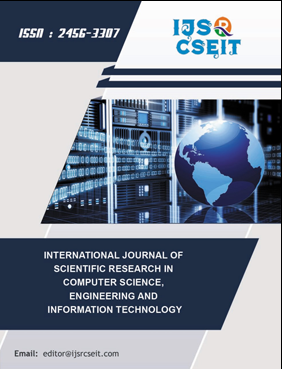Hyper-Personalization at Scale: Using AI and Support History to Revolutionize Customer Interactions
DOI:
https://doi.org/10.32628/CSEIT25113369Keywords:
hyper-personalization, customer data platforms, AI-driven support, recommendation engines, customer experience (CX), CSAT optimizationAbstract
Hyper-personalization in customer support—leveraging unified behavioral, transactional, and historical data—significantly elevates customer experience (CX) while reducing operational friction. This article demonstrates how integrating data engineering pipelines with AI models (recommendation engines, NLP, predictive analytics) enables context-aware, dynamically tailored support interactions at scale. Analysis of two enterprise implementations reveals 18–35% gains in Customer Satisfaction (CSAT) and 20–45% reductions in handling time. Key innovations include real-time 360-degree customer profiling, adaptive knowledge delivery, and generative AI for response synthesis. Technical architectures, performance benchmarks, and best practices are dissected, alongside emerging trends like federated learning and emotion AI.
📊 Article Downloads
References
Adobe. (2023). Real-Time Personalization in Adobe Experience Cloud: Impact Report. Adobe Systems.
Chen, L., & Sycara, K. (2021). Unified customer modeling for scalable personalization. Journal of Artificial Intelligence Research, 70, 1503–1562.
Forrester. (2023). The Total Economic Impact™ of AI-Powered Customer Service. Forrester Research.
Gartner. (2022). Innovation Insight: Hyper-Personalized Customer Service. Gartner Group.
Kumar, V., & Pansari, A. (2020). Competitive advantage through personalization. Journal of Marketing Research, 57(1), 37–56.
Zhang, Y., & Wang, P. (2022). Dynamic response generation for customer service chatbots. Proceedings of the AAAI Conference on Artificial Intelligence, 36(11), 12889–12897.
Downloads
Published
Issue
Section
License
Copyright (c) 2025 International Journal of Scientific Research in Computer Science, Engineering and Information Technology

This work is licensed under a Creative Commons Attribution 4.0 International License.




